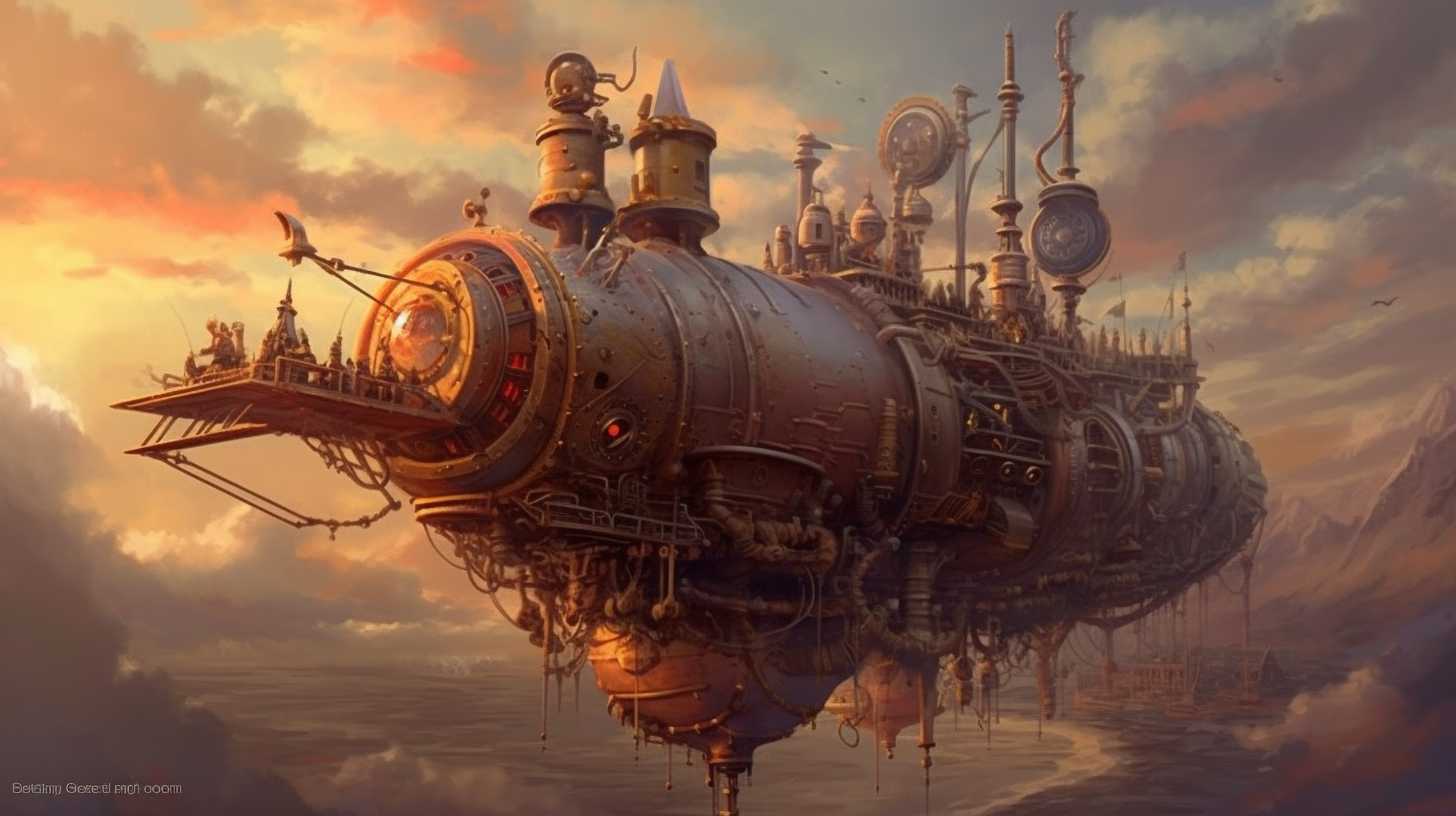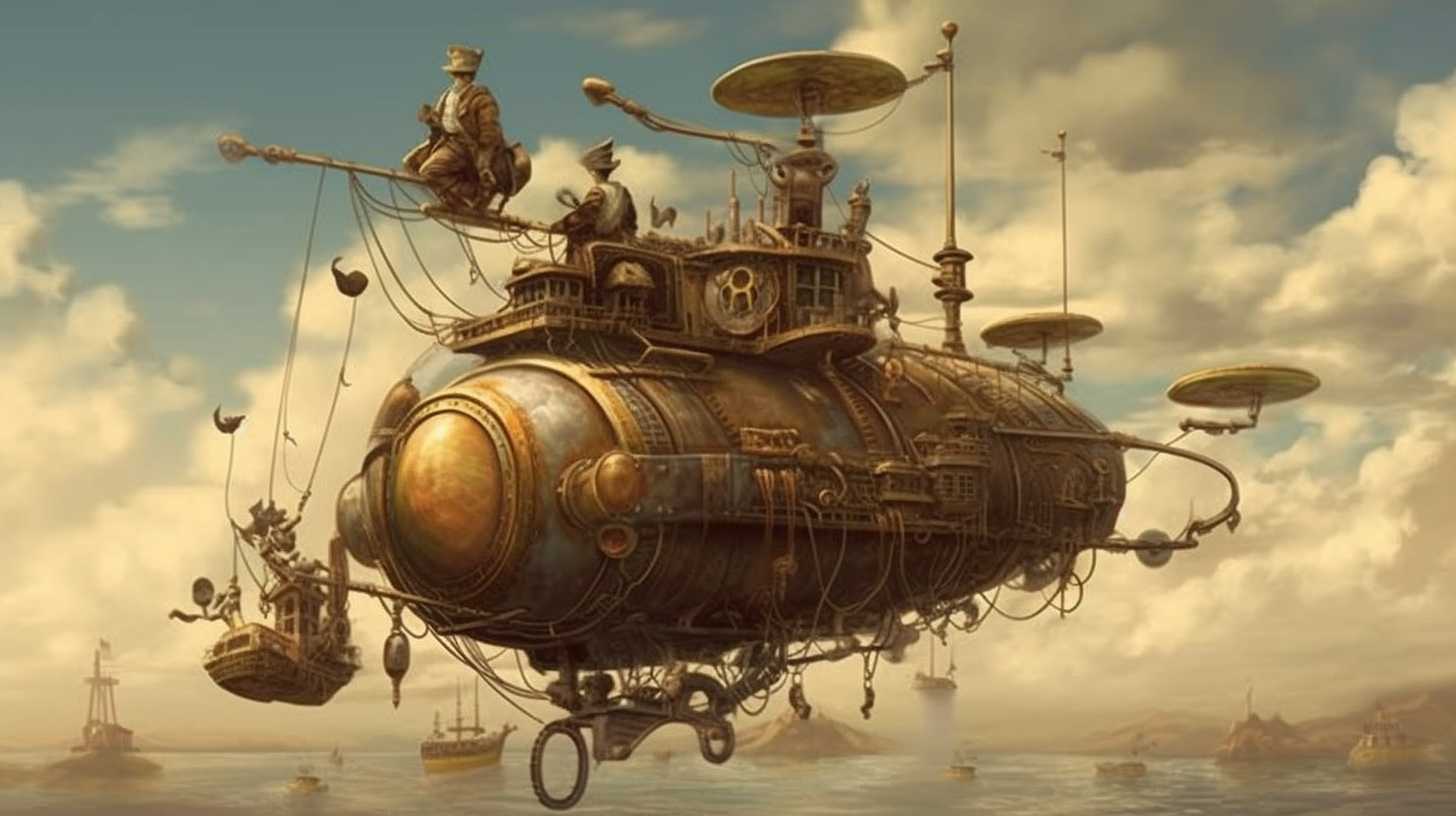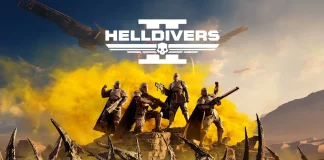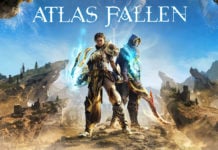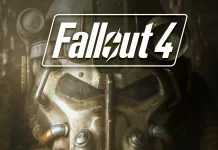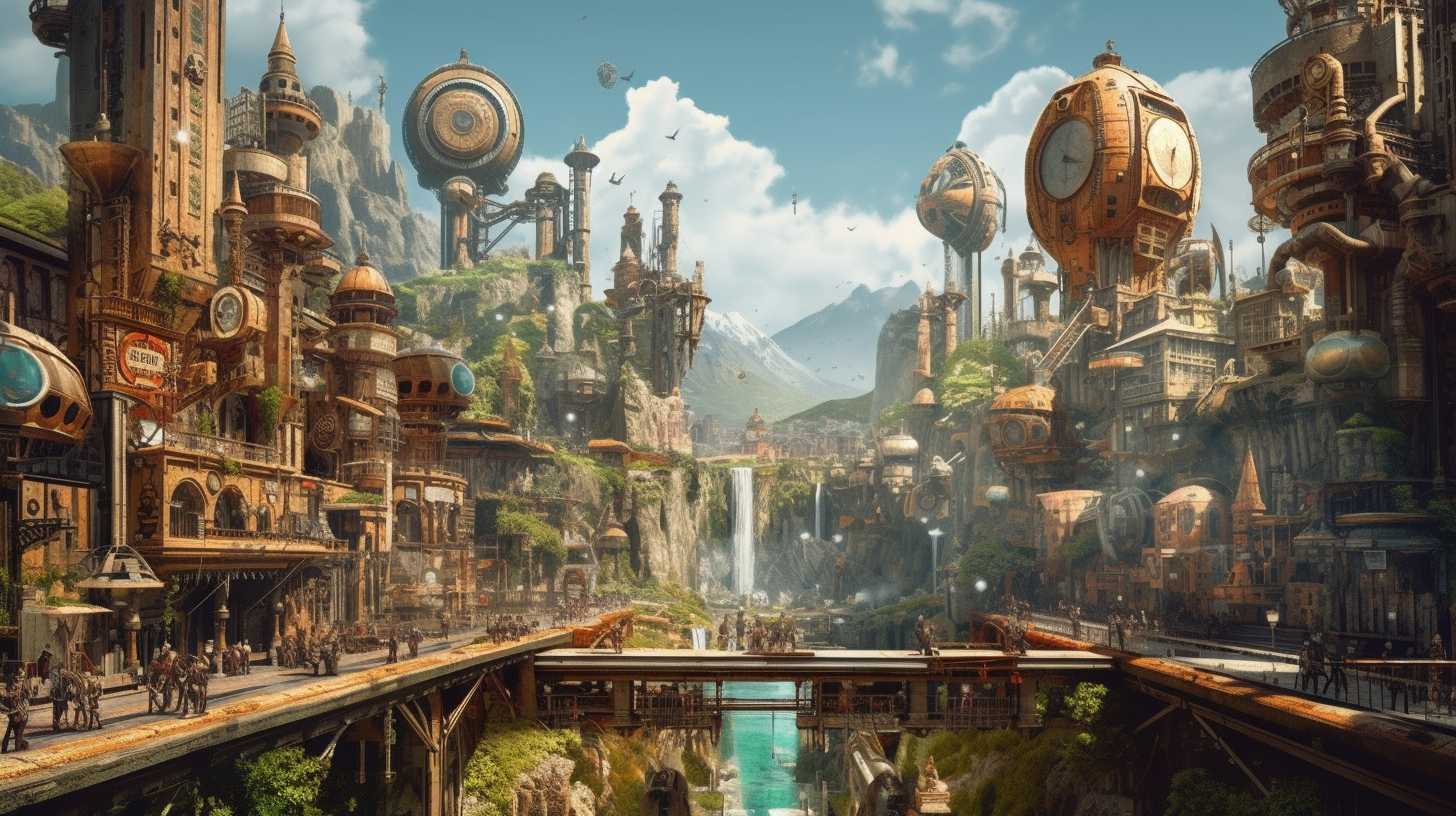
Have you ever wondered how the steampunk genre has evolved in the world of video games? Well, you’re in luck because today, we’re taking a trip down memory lane to explore the fascinating journey of steampunk themes and aesthetics in video games, from early titles to modern releases. So, grab your goggles and hop aboard our time machine as we embark on this fantastic voyage!
The Early Days: Steampunk’s Humble Beginnings in Gaming
In the late 80s and early 90s, the steampunk genre was still finding its footing in the gaming world. However, a few pioneering titles managed to incorporate steampunk elements and lay the groundwork for future games. One such game was The Chaos Engine (1993), a top-down shooter set in a steampunk Victorian England. With its unique setting, memorable characters, and challenging gameplay, The Chaos Engine became a cult classic and showed the potential of steampunk in gaming.
Another early example is Arcanum: Of Steamworks and Magick Obscura (2001), a role-playing game that masterfully blended steampunk technology with fantasy elements. Players could choose to align themselves with either magic or technology, resulting in different gameplay experiences and narrative outcomes.
Steampunk Goes Mainstream: The Rise of Steampunk in Video Games
As the years went by, steampunk started to gain traction in the gaming industry, with more and more titles incorporating steampunk themes and aesthetics. One of the most notable examples is BioShock (2007), a first-person shooter set in the underwater city of Rapture. With its art deco-inspired architecture, retro-futuristic technology, and atmospheric storytelling, BioShock became a critically acclaimed title and introduced many gamers to the steampunk genre.
Another influential title is Dishonored (2012), a stealth-action game set in the plague-ridden city of Dunwall. Dishonored’s unique blend of steampunk technology, supernatural powers, and intricate level design captivated gamers and spawned a successful franchise.
Modern Steampunk Masterpieces: The Golden Age of Steampunk Gaming
In recent years, we’ve seen an explosion of steampunk-themed video games, ranging from indie gems to AAA blockbusters. One standout example is Frostpunk (2018), a city-building survival game set in a frozen, post-apocalyptic world. Players must manage scarce resources and make tough moral choices to ensure their city’s survival, all while contending with steampunk-inspired technology and a harsh, unforgiving environment.
Another recent title that has garnered praise for its steampunk aesthetic is Sunless Skies (2019), a narrative-driven exploration game set in a dark, Victorian-inspired universe. Players navigate their locomotive through the skies, encountering strange creatures, mysterious locations, and a wealth of intriguing stories.
The Future of Steampunk in Video Games
As the gaming industry continues to evolve, so too does the steampunk genre. With advancements in technology and a growing interest in steampunk themes, we can expect even more immersive and visually stunning steampunk games in the future. Virtual reality (VR) and augmented reality (AR) platforms offer exciting new possibilities for steampunk gaming experiences, while the continued popularity of indie games ensures a steady stream of creative and innovative steampunk titles.
From its humble beginnings in the early days of gaming to its current status as a popular and influential genre, steampunk has come a long way in the world of video games. The evolution of steampunk themes and aesthetics has resulted in a diverse array of titles that offer something for everyone, from action-packed shooters to thought-provoking narrative experiences. As we look to the future, the potential for even more incredible steampunk games is limitless. So, strap on your goggles and fire up your steam-powered consoles, because the world of steampunk gaming is only getting better!

